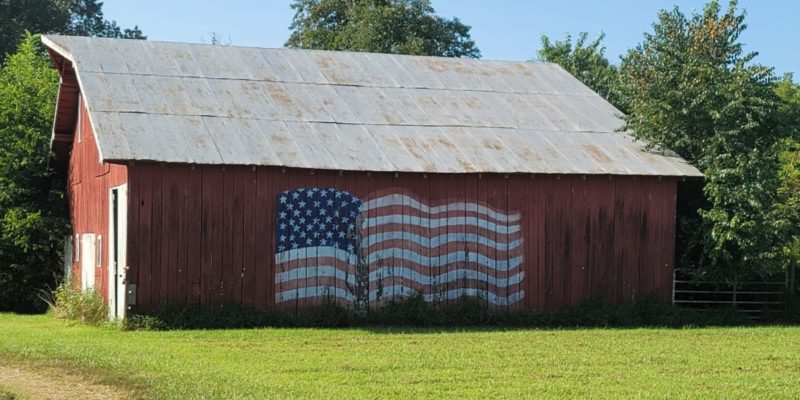Many buildings and structures have remained unchanged and unharmed throughout American history. Other building materials have collapsed over time, wood is a resilient material that has stood the tests of time. Hundreds of thousands of acres of trees no longer exist since the start of American colonization. Wood became an ideal construction choice for agricultural workers due to its accessibility, especially in the mid-west and southern states. At the start of the 19th century, deforestation rose as lumber was cleared to construct barns, mills, and factories. Real American reclaimed wood today is from those early 19th century structures.
An American Relic
Authentic reclaimed wood is the resurrection of old wood, salvaged and repurposed for many uses. Beautiful reclaimed wood planks you find today are from barns, fences, mills, and other vintage buildings. Reclaimed barn wood differs from the reclaimed fence and mill wood. Wood for barns requires good weathering qualities and the ability to stay in place. The wood species chosen for barns are hard, non-splintering, and slow to decay. The wood also needed to have low shrinkage, with minimal splitting and warping. Reclaimed barn wood planks are thicker, longer, and more durable making them an ideal choice for almost any wood project today.
Wood for fencing requires medium bending strength, decay-resistance, and high nail-holding power. Any wood could be a good choice if given the proper preservation treatment by finishing it with a sealant. Planks used for fences were shorter in length and thinner. Fence reclaimed wood planks have natural coloration and many nail holes. These reclaimed wood planks that have survived are true American relics.
500 Year-Old Reclaimed Wood
Virgin growth or old-growth trees such as American Chestnut and Pine were cleared at an alarming rate. Planks from those trees are hard to find today. However, reclaimed wood is from many other wood species such as ash, cypress, redwood, elm, hickory, maple, and oak. Typical lumber mills that we know of today were nonexistent at the time causing builders to use whatever wood species they could get their hands on. That’s why there is such a wide variety in the species of reclaimed wood. The original location of the centuries-old reclaimed wood also makes a difference as to what wood species you’re able to find for your wood wall or cladding today. Certain wood species are more prevalent based on their location. Such as American Chestnut on the east coast and Pine in the mid-west and south. Unlike new growth wood and faux reclaimed wood, all Woodstock Walls’ authentic reclaimed wood is aged and colored by Mother Nature.
Hand-Picked for You
The owner & CEO of Woodstock Walls, Kevin Fults, sources the reclaimed barn wood planks himself. For decades, Kevin searched for hidden gems looking for the best reclaimed wood source. Sourcing reclaimed wood in the forests of certain southern states is an unforgettable experience. While on this journey, Kevin crossed paths with an Amish community and had a very humbling encounter. For instance, the simplicity of having no electricity and no phones came with beautiful old barns in the Amish community. A family invited Kevin to dinner by candlelight and lamps, with home grown vegetables and good conversation.
From this trip, brown and grey decades-old barn wood started what you know as Woodstock Walls. The most consistent thing about reclaimed wood is that it is never consistent. We try to keep the grey and brown Barnwood together to create unique reclaimed wood design pallets. You can find reclaimed wood from fence posts’ of old ranches, tobacco farms, and thoroughbred horse stables found throughout multiple southern states. Hidden in America’s backcountry is the treasure of reclaimed wood, with reclaimed memories we build new ones.



